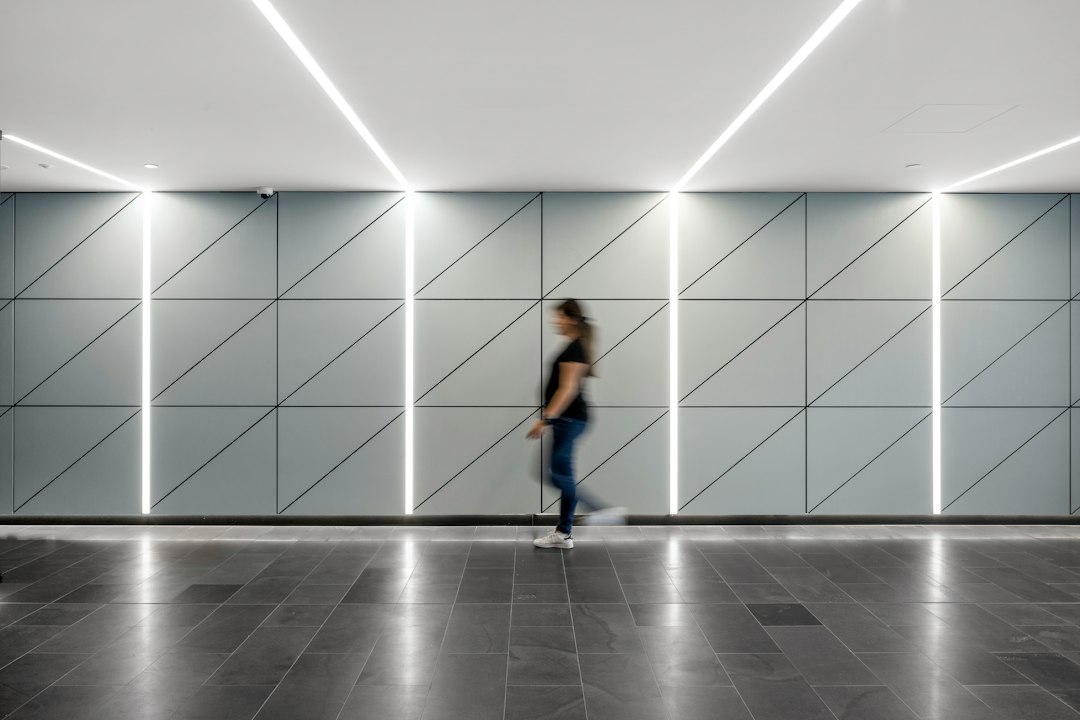Green Homes: The Rise of Sustainable Living in Real Estate
In recent years, there has been a growing emphasis on sustainability and reducing our carbon footprint. This movement has extended to the real estate sector, with more and more people opting for green homes. Green homes are designed with the aim of harnessing natural resources, reducing energy consumption, and minimizing pollution. This article will explore the rise of sustainable living in real estate and the benefits it offers.
One of the primary benefits of green homes is the positive impact they have on the environment. These homes are designed to be energy-efficient, using renewable resources such as solar panels and geothermal systems. By utilizing these alternative energy sources, green homes significantly reduce greenhouse gas emissions and reliance on fossil fuels. Additionally, they often have advanced insulation, efficient heating and cooling systems, and energy-saving appliances, further reducing energy consumption and environmental harm.
Furthermore, green homes promote a healthier lifestyle. Traditional homes may harbor toxins such as formaldehyde and volatile organic compounds, which can be detrimental to human health. In contrast, green homes employ non-toxic, eco-friendly building materials, ensuring better indoor air quality and reducing allergies and respiratory problems. Additionally, green homes often integrate features that encourage a healthier lifestyle, such as bicycle storage, community gardens, and access to public transportation, promoting physical activity and reducing pollution simultaneously.
Economic benefits are another advantage of green homes. While the initial cost of constructing a green home may be higher, the long-term savings are substantial. Energy-efficient features reduce utility bills, offering significant savings over time. Moreover, green homes are highly appealing to homebuyers, as they offer a unique selling point and often fetch higher prices in the real estate market. Investing in sustainable features also enhances the property’s value and has the potential to attract more potential buyers.
Green homes also foster a sense of community and well-being. Many green developments prioritize green space, vegetable gardens, and community amenities. These features encourage interaction among residents, creating a sense of belonging and camaraderie. Additionally, green neighborhoods often have walking and biking paths, making it easier for residents to connect with nature, leading to improved mental well-being.
The popularity of green homes has prompted many developers to incorporate sustainable practices into their projects. As a result, the construction industry has seen an increase in green building techniques and technologies. This not only benefits the environment but also creates job opportunities and stimulates economic growth.
Government initiatives and incentives have played a vital role in the rise of sustainable living in real estate. Many countries have introduced regulations and certifications to promote green building practices. Additionally, governments offer tax credits, grants, and subsidies for installing renewable energy systems, energy-efficient appliances, and eco-friendly materials. These incentives make green homes more affordable and encourage developers and homeowners to invest in sustainable practices.
In conclusion, the rise of sustainable living in real estate has brought about numerous benefits for individuals, communities, and the environment. Green homes promote a more environmentally friendly lifestyle, offering energy savings and healthier living conditions. Their increasing popularity has also led to economic growth, job creation, and the incorporation of sustainable practices in the construction industry. With government support and growing awareness, the demand for green homes is expected to continue rising in the future, shaping the way we live and interact with our environment.

